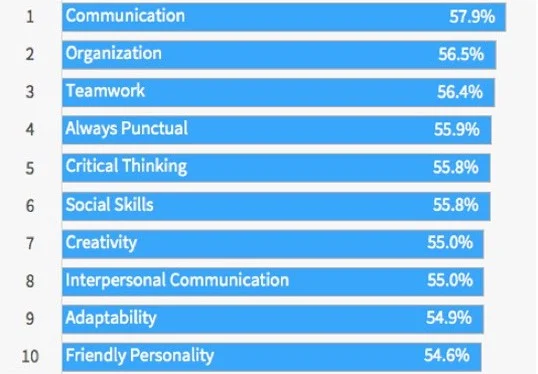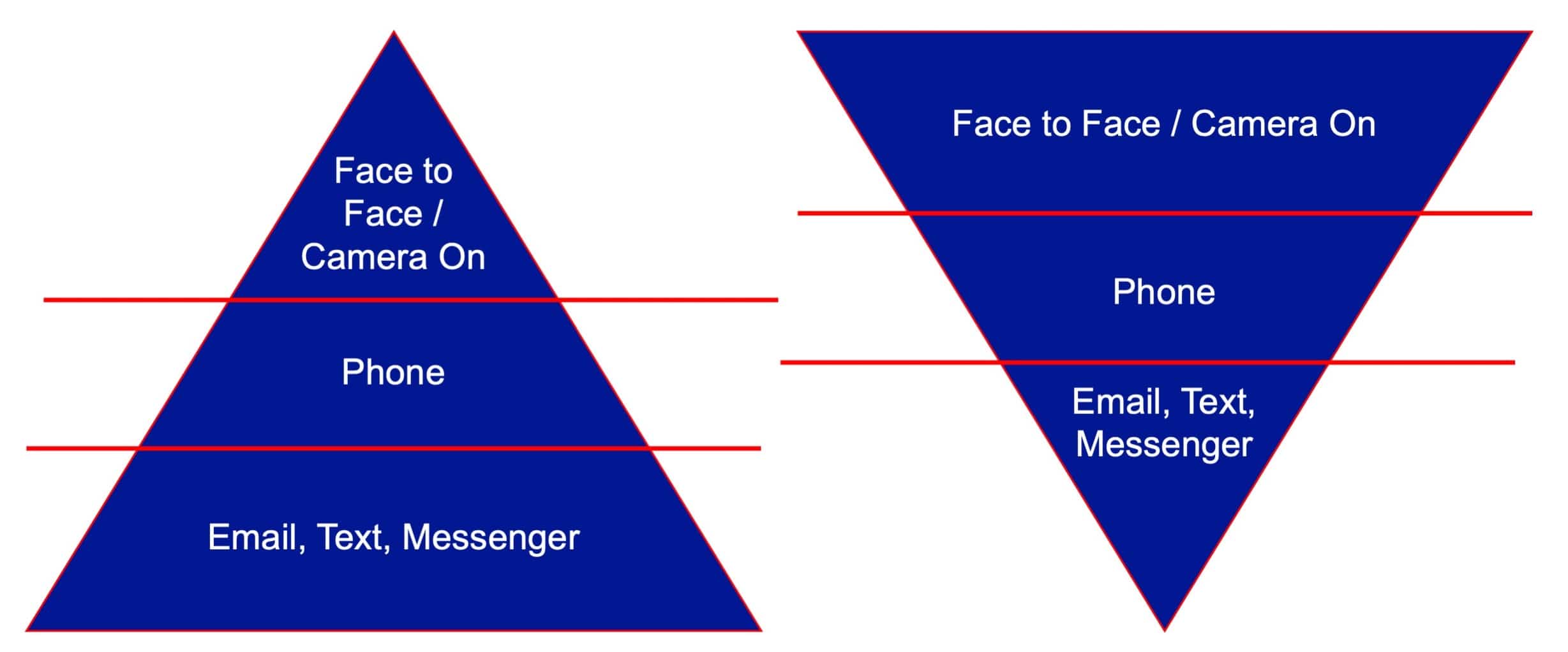You and I would no doubt agree that without good communication skills we can land ourselves in all manner of trouble. Survey after survey ranks communication as high priorities; from a LinkedIn survey, communication ranked number one:

Self-leadership sounds like an inside job, the process and ability to lead oneself. Yet everything we do can impact on others and we don’t go through this world without communicating with others.
Great leadership starts with great self-leadership and leaders can’t achieve without communication.
Poor communication leads to:
- Mistakes
- Project overruns
- Broken relationships
- Job losses
To name a few.
Knowing your communication style is a core self-leadership activity that also SPARKS your leaderhership. To know your style also serves many purposes:
- greater insight into yourself
- equips you to identify different communication styles
- equips you to pick up on how others perceive you
- allows you to flex your communication to the person and situation
If you’d like to learn more about this, to learn about your communication, reach out.
Here are 5 tips that may help SPARK communication:
1. Listen More
Listening, real deep listening, can be exhausting yet it can save time, money and relationships when we listen more deeply.
Author of Deep Listening, Oscar Trimboli’s, says, “Listening is complex and nuanced. It’s situational as well as relational. It’s not just about what you hear. It’s not just about what you see. It’s much more than that. It’s about respect.”

2. Be Curious
As leaders the pressure to have an instant answer is strong and ever present. Employees present problems they could in all probablity resolve themselves but may not feel empowered to do so. Be curious and ask questions about what they think they can do, what ideas they have, what they’ve done so far.
Employees may have problem solved so present their first (and favoured) solution seeking your approval for spending, starting, doing what they’ve requested. Similarly employees may put in requests for resouces: I recall one of my own staff constantly suggesting resources, programs, gadgets, software… you name it, almost daily I’d get a request.
In this context, be curious, ask what problem does this request solve.
3. Use the right medium for the matter and the people
Shooting off a quick email feels efficient and helps get ‘that one’ off your ToDo List. I admit that in the past I would send an email as a way of avoiding certain inevitable conversations. the reality is, it would backfire, often.
To reduce having to go back and forth, to check clarity, and confirm actions and agreements, aim to use the platform or communication medium that makes the most of your body language, eye contact, tone, words, and a two way conversation. Face to face would be best but that’s not going to be possible all the time.
Aim for more of the right than the left:

4. Say what you mean
Sarah would send emails that would start with the line, “Just a few changes…” and then the email would go on and on, mouse scroll after mouse scroll. Nothing ‘few’ about any of Sarah’s emails. When Sarah was made aware of the contradiction, she immediately adjusted her opening line.
She went a step further to work more closely with her team to address the deeper communication issue:
- Be clear in her expectations for how work is completed.
- Respectfully push back so that Sarah doesn’t do all the corrections and work.
- Work individually with team members to address specific task issues and help them meet Sarah’s expectations.
5. In times of uncertainty
And aren’t we in a prolonged period of uncertainty! Employees want to hear from their leader, to know their leader has their back, is present, is open minded and open to ideas.
When emloyees don’t hear from their organisation, they will search for meaning, make stuff up (not intentionally in a bad way – but for security). You don’t have to have new information or all the answers but be present, listen and remind people to stay the current course, encourage team members to support each other.
Who could you organise a face to face or camera-on conversation with today to SPARK communication?
Let me go how you get on…
Check out SPARK: Interviews with senior leaders, one-day retreat, the book and whitepaper




